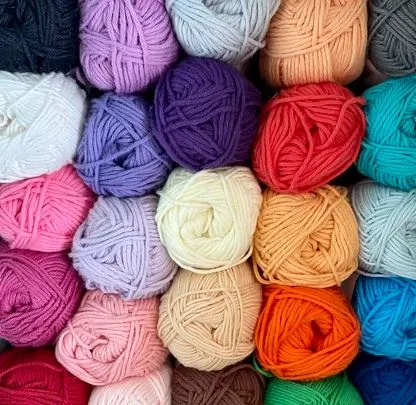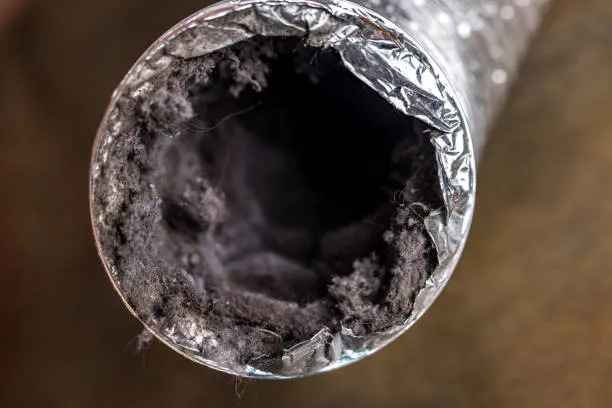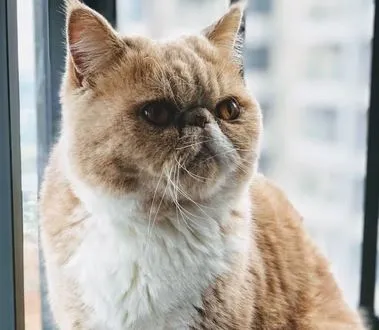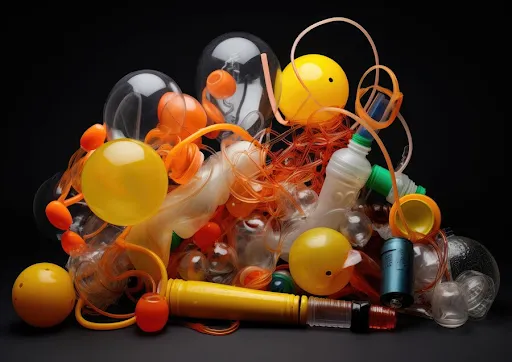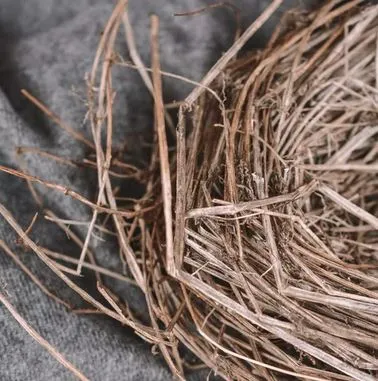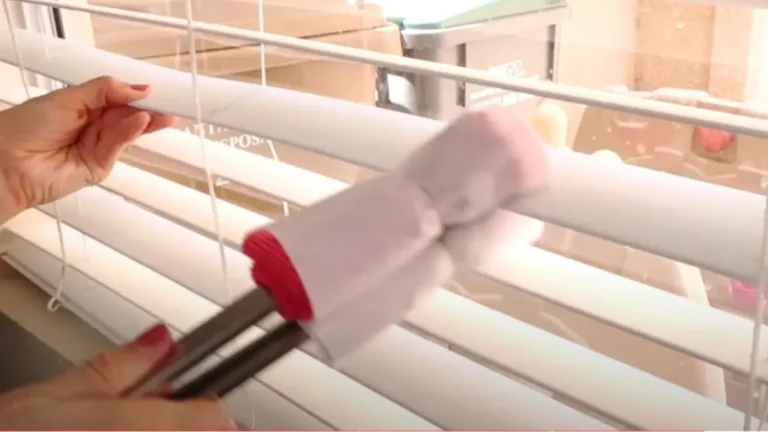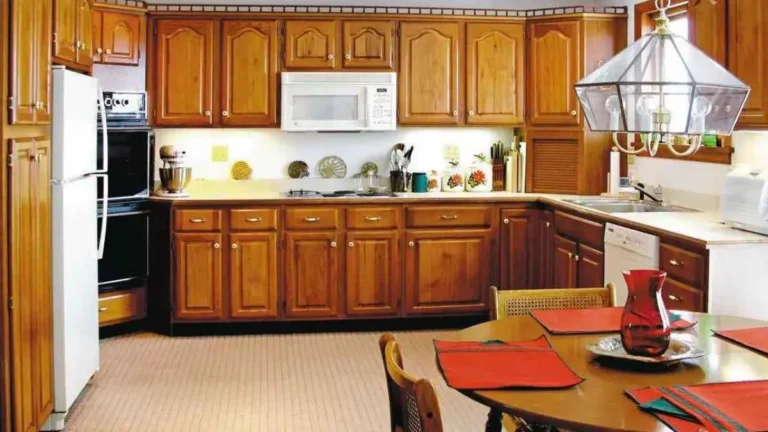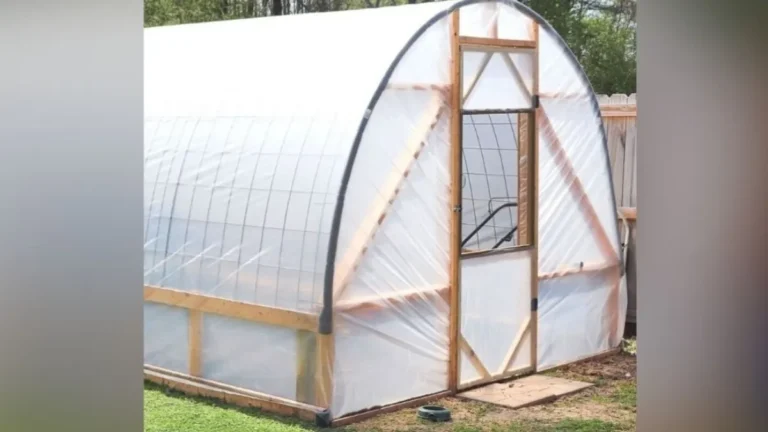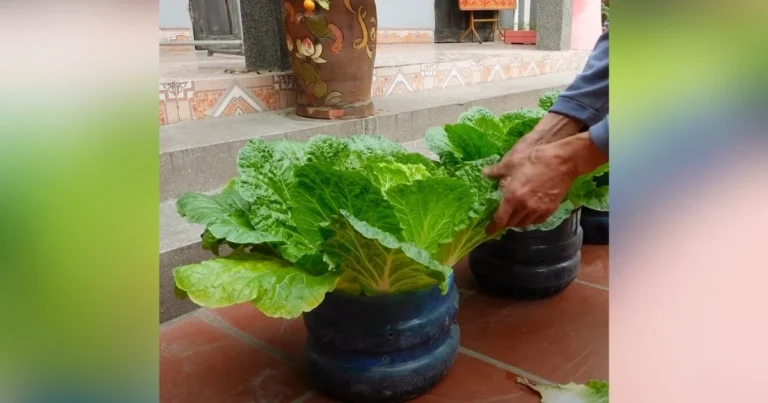Stop! Never Give These 7 Items to Nesting Birds They Can Be Harmful
I’m thankful I took the time to dig into this. I always figured those age-old myths were carved in stone.
But times evolve. We’ve all been there standing in disbelief as something we once accepted as truth gets flipped on its head.
Old wives’ tales don’t always work.
There is no content provided to rewrite. Please share the text you’d like me to transform.
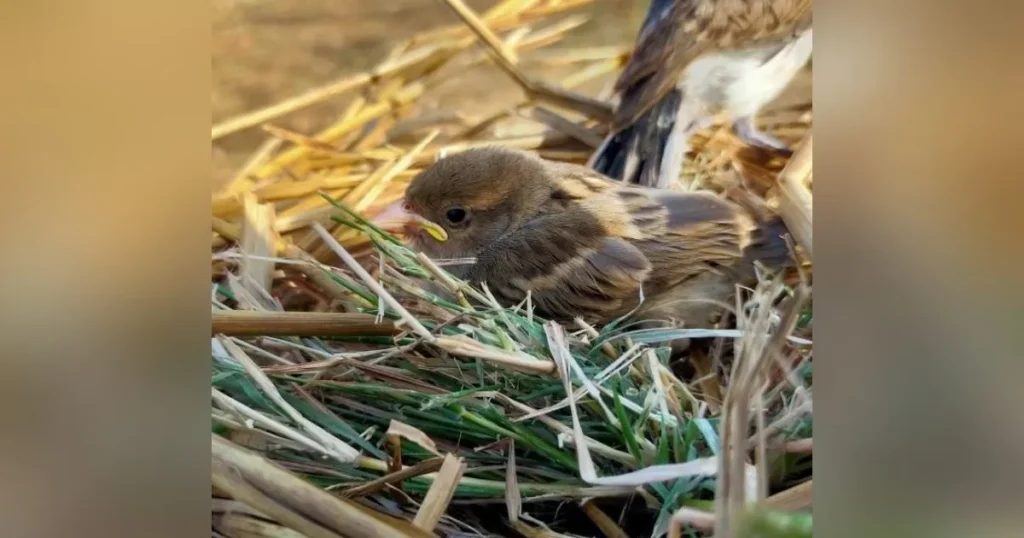
Many materials we once assumed were harmless offerings for birds’ nests have turned out to be not just unsuitable but potentially deadly to our delicate, feathered companions.
Here’s a list of the top five commonly used nesting items that, despite their popularity, should absolutely be avoided.
Yarn Scraps
If hair is off the table, then surely yarn is a safer bet, right? Think again.
Yarn poses the same hazards as human hair. Its fibers don’t break down easily and can entangle a bird’s tiny feet, leading to the same painful and potentially fatal complications mentioned earlier.
That’s precisely why yarn belongs on the do-not-offer list, too.
Dryer Lint
Dryer lint isn’t a safe option for nesting birds either. While it might seem soft and natural, it’s laced with synthetic fibers from clothing and soaked in residues from detergents and fabric softeners.
These hidden chemicals and man-made threads can pose serious dangers to birds if incorporated into their nests.
Pet Fur
Why might pet fur be a poor choice for bird nests? Experts urge caution before offering it up as nesting material.
The concern lies in chemical residues especially from flea and tick treatments which can pose a serious risk to birds that come into contact with the fur.
Synthetic items
Anything artificial be it plastic, aluminum, or other metallic fragments has no place in a bird’s nest.
While vibrant colors and shimmering textures may catch a bird’s eye, these materials can be deceptively dangerous. Small fragments can be ingested, leading to internal harm or even death.
With these risks in mind, it naturally begs the question what is safe to offer our avian architects?
A list of what’s good:
Ideal nesting materials include natural elements like dry leaves, twigs, feathers, moss, and pine needles resources birds instinctively seek out.
Short, organic fibers such as coconut husk strands or untreated, undyed lichen also make excellent options, blending safety with functionality.
Additionally, cultivating a spider-friendly habitat can be a clever move birds are drawn to these tiny weavers, often incorporating their silk into nest construction and benefiting from the insect population they help control.
Birds frequently incorporate spider silk into their nest architecture it lends just the right amount of elasticity to accommodate the ever-growing needs of their hatchlings.
Safe nesting materials can be presented in small ground piles, loosely placed on shrubs, or displayed in open-topped baskets for easy access.
With these thoughtful offerings in place, you’re well prepared to host your charming new feathered tenants.
Please SHARE this with your friends and family.
Article Sources: Audobon All About Birds

